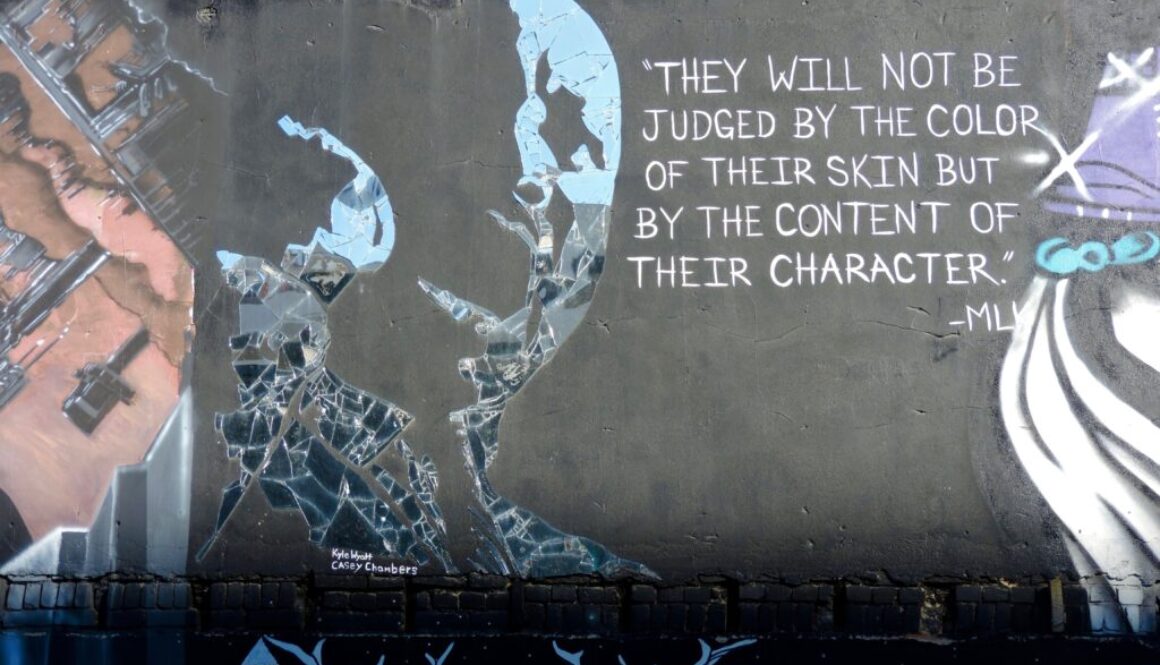The difference between positive and negative human rights
Human rights are a set of protections that every person is entitled to regardless of who they are or where they live. They include the right to life, liberty, and security; the freedom from torture, Discrimination, and Slavery; and the right to a fair trial, among others. For people all over the world, human rights provide a measure of protection against abuse by those in power. They also help to ensure that everyone is treated fairly and with respect. When human rights are violated, it not only harms the individual involved but also erodes the foundation of justice and equality that we all rely on. As such, it is essential that we all work together to uphold human rights for everyone.
The difference between positive and negative human rights
Most people are familiar with the concept of human rights, but fewer people know that there are actually two different types of human rights: positive and negative. The difference between these two types of rights is actually quite simple. Negative rights are those that protect individuals from being harmed by others, such as the right to life, liberty, and security of person. Positive rights, on the other hand, are those that require others to take active steps to improve an individual’s well-being, such as the right to housing, education, and healthcare. While both types of rights are important, positive rights are often seen as more controversial because they typically involve government intervention. Critics argue that positive rights violate the principle of individual liberty, while supporters argue that negative rights alone are not enough to ensure a decent standard of living for all. Ultimately, it is up to each individual to decide which type of human rights they believe in. However, it is important to understand the difference between the two so that we can have informed discussions about the role of government in protecting and promoting human rights.

Criticisms against the idea of positive human rights as a model for social change?
The idea of positive human rights has been gaining traction in recent years as a potential model for social change. And with good reason: the approach, which emphasises cooperation and dialog rather than conflict and coercion, has a lot to offer. However, there are also some challenges and criticisms that can be made against the idea of positive human rights. One common criticism is that the approach is too idealistic and simplistic, and that it fails to take into account the complexities of real-world situations. Another concern is that the focus on rights may lead to a neglect of other important values, such as justice or equality. Finally, some have argued that the positive human rights approach does not adequately address the needs of vulnerable groups, such as women or minorities. Despite these challenges, the positive human rights approach remains a promising model for social change.
How might we work to further develop and promote positive human rights in our own communities and societies?
One way to work to further develop and promote positive human rights in our own communities and societies is through education. By teaching others about the importance of human rights, we can help to create a more just and equal world. We can also work to promote human rights by standing up for those who are oppressed or marginalised. When we see someone being treated unfairly, we can speak out against it and call for change. Finally, we can also support organisations that work to protect and advance human rights. By donating our time or money to these groups, we can help to make a difference in the lives of others. Together, we can work to create a world where everyone is treated with dignity and respect.
